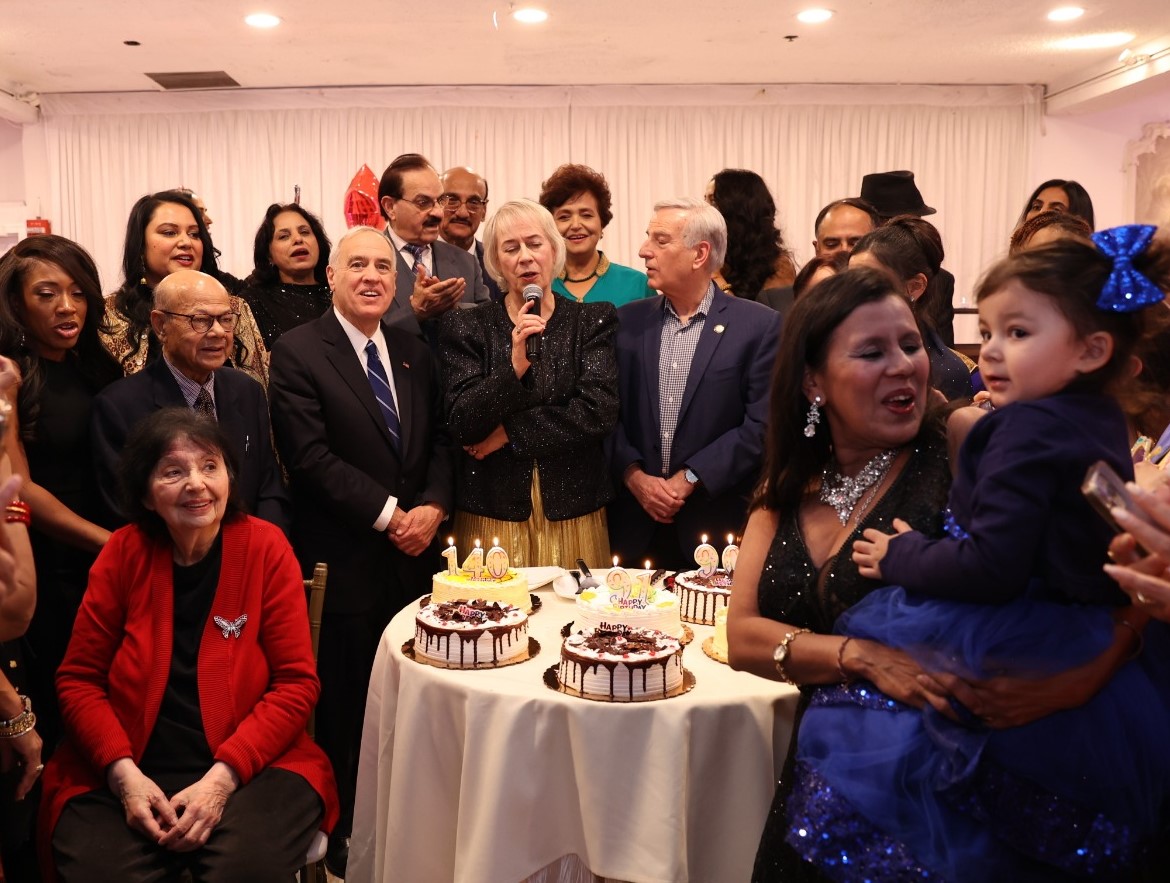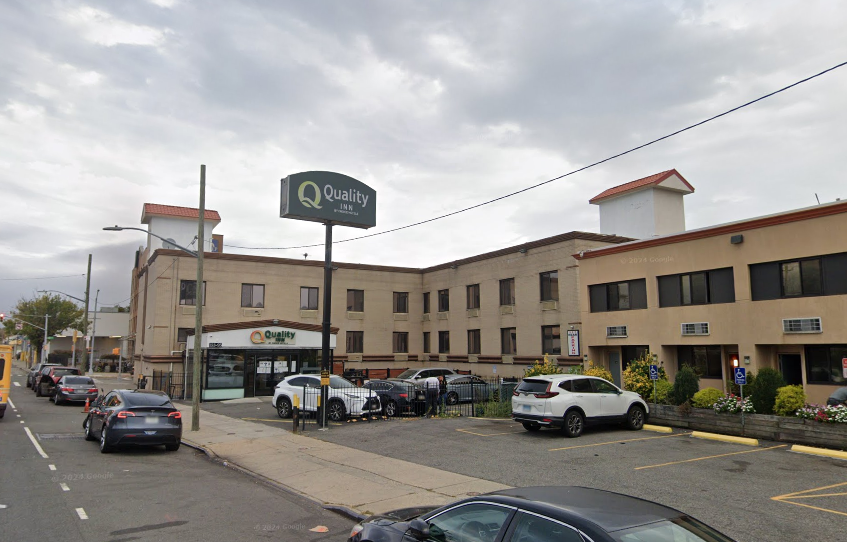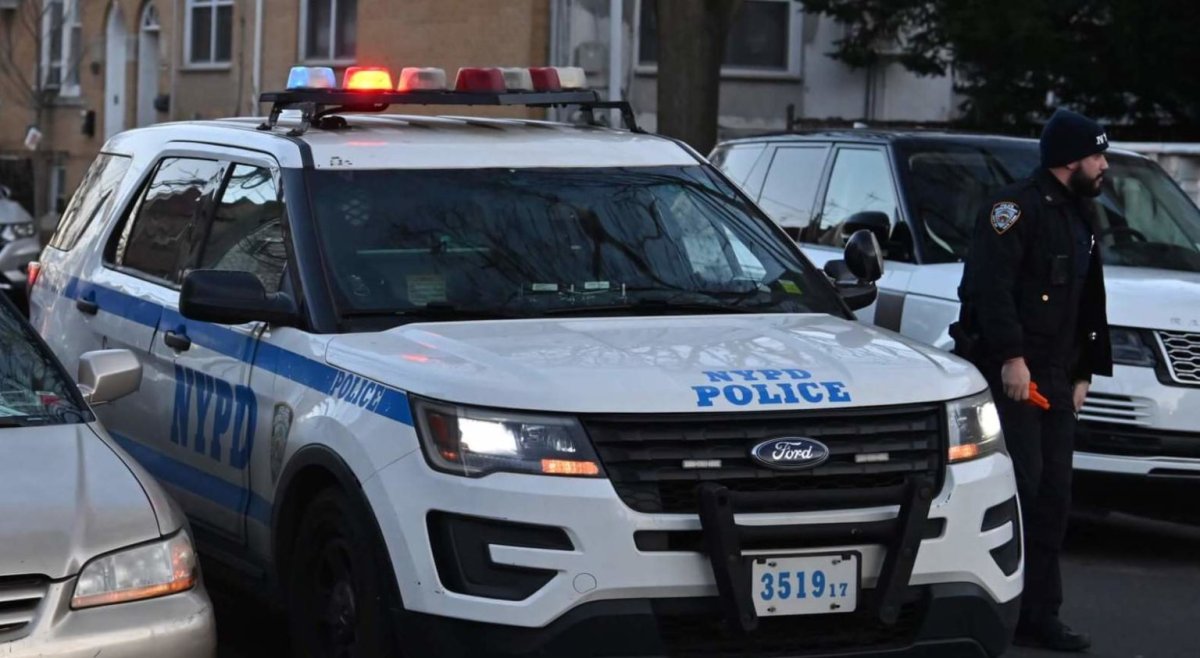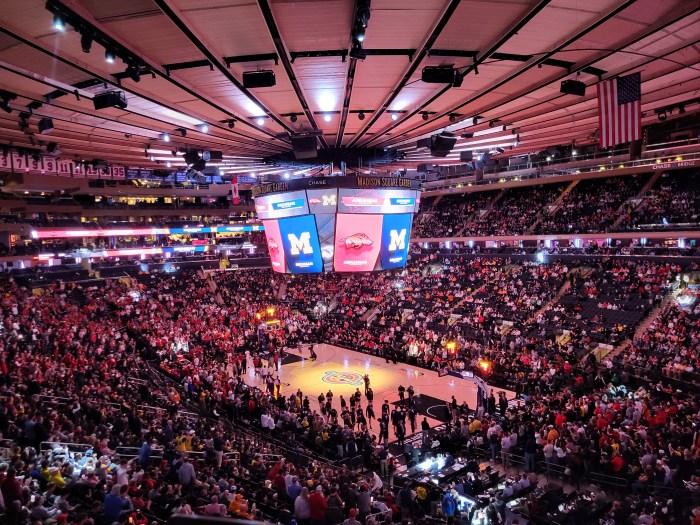Pier review
To The Editor: The commercial plan shown to the Pier 40 Working Group on July 2 raises major questions and varies considerably from the study commissioned by the Pier 40 Partnership (UnderCover, July 4 – 10, “Pier Peek”). We believe the latter has a stronger potential as a not-for-profit adaptive reuse of Pier 40. This proposal would be operated with a conservancy.
While this latest plan would retain the courtyard for ball fields, the pier’s “greened” area, available for non-sports-related, public use, would be restricted to approximately a half acre. That’s a small fraction of what previous plans included.
This plan would add many features that duplicate what would be available in the courtyard and elsewhere, while adding three high schools. Although upfront funding could be available to construct public schools, it is understood they would pay no rent while occupying a huge amount of space on Pier 40. This also raises the question as to whom the pier belongs. Would this remain park property or would a portion of Pier 40 belong to the Dept. of Education?
Other difficulties with this new plan include an enormous events space on the lower floor, repeating problems with the rejected Related plan.
Many of those arriving in vehicles for scheduled events would be rushing across the bikeway, and through a pedestrian corridor, to enter an enclosed street that would take them to the facility in the southwestern corner of the pier. Such hazards (considerably worse than where the cyclists were killed on the bikeway) would be intensified when events end after dark.
Little or no thought has been given to maintaining an uninterrupted esplanade as it passes Pier 40. As the public approaches Pier 40, the vehicular pathways cause confusion and one isn’t sure which would be the safest way to proceed.
This latest plan includes the option for a marina on the south side of Pier 40. Five extensions for docking boats would limit the potential for rowing, especially with a large portion of the southern side taken over by the events space. A marina could only attract additional vehicular traffic.
Bill Hine and Robert W. Smith
Ballot story
To The Editor: Re “’Ballotgate’ Intrigue” (UnderCover, July 4 – 10):
I find it difficult to believe that any serious time is being spent on this non-story. We live in a community with major environmental and quality of life issues and it’s ludicrous that Marc Ameruso and others would spend time pursuing a lost ballot that doesn’t change the outcome of the election, which by the way, he won!
Pat Moore
To The Editor: Re “‘Ballotgate’ Intrigue” (UnderCover, July 4 – 10):
Your story failed to adhere to the most rudimentary standards of responsible journalism, even as part of a column that seems to trade more in gossip than hard news. For example, the story stated, “Ameruso did not accuse Menin of making the ballot disappear to cover up her change, but another source sounded convinced that’s what happened.” Why was this other source allowed to remain anonymous, and what special information did the source have that would justify him/her being cited on this matter? It appears that the reporter simply gave this source, obviously someone with a personal ax to grind, an anonymous cheap shot at Community Board 1 Chairperson Julie Menin, even though the source had no germane information to contribute.
Further, why did the reporter not speak with any of numerous other members of C.B. 1 who would have pointed out the absurdity of the proposition that a board member could expect to successfully keep his or her vote a secret by removing the ballot after the vote? Board members are aware that the candidates in contested board elections frequently check the ballots afterward to see who voted for and against them, so any chicanery would be highly likely to be uncovered. Certainly the chairperson’s ballot could be expected to draw a lot of interest from candidates reviewing the ballots.
Finally, because the story impugned the integrity of both Julie Menin and Pat Moore by giving credence to the unsupported comments of an anonymous source, why did the reporter not investigate other possibilities regarding how the ballot might have disappeared? For example, did the reporter consider the possibility that someone else could have removed Menin’s ballot afterward while examining the ballots at C.B. 1’s office, specifically for the purpose of creating an issue? This explanation is just as plausible as the one concocted in your story.
In the future, UnderCover should examine with a more critical eye some of the information it is being fed by sources with personal agendas.
Bill Love
Deutsche and ballots
To The Editor: I am writing to expound on several articles in your last edition. The article regarding Avi Schick’s comments at the Lower Manhattan Development Corp. board meeting blaming delays at 130 Liberty St. on Community Board 1 and residents Downtown are essentially scapegoating our community for insisting that the deconstruction is handled in a safe manner (news article July 4 – 10, “L.M.D.C. head blames C.B. 1 for some Deutsche delays”). The delays at 130 Liberty St. were caused by a failure to hire qualified subcontractors (something that C.B. 1 had consistently warned about in years past as our 2006 resolution warning L.M.D.C. not to hire John Galt presciently demonstrated) as well as a panoply of safety failures that caused the tragedy last August. C.B. 1 has worked diligently to assure that our community is properly protected. At the same time, we have also demanded that the building come down as quickly as possible. Safety and expediency should never be mutually exclusive.
Second, your article regarding the missing ballot at the community board election does not mention the fact that the only time the ballots were not in the control of the Nominating Committee or board staff was when they were left in the office for board members to inspect the following day (UnderCover, July 4 – 10, “‘Ballotgate’ Intrigue”). I sincerely hope that there was no intentional tampering with the ballots. With that said, the whole point of a candidate statement and speech is so people can then make their minds up about who to support and, as in any free society, people should listen to the debates and this new information when making up their minds and vote accordingly.
Julie Menin Chairperson, Community Board 1



































